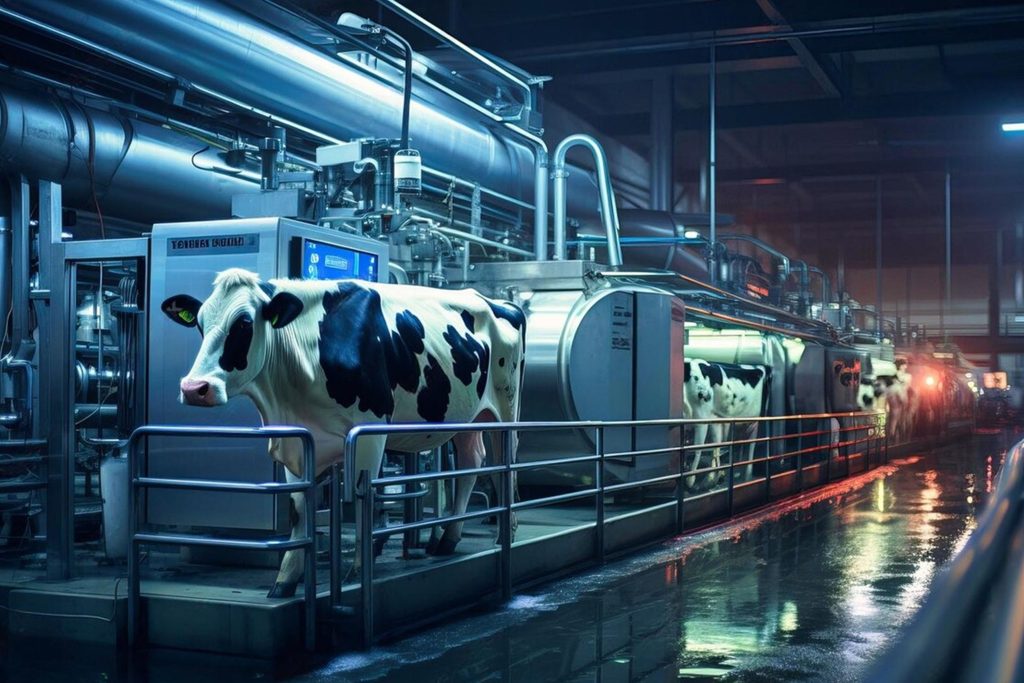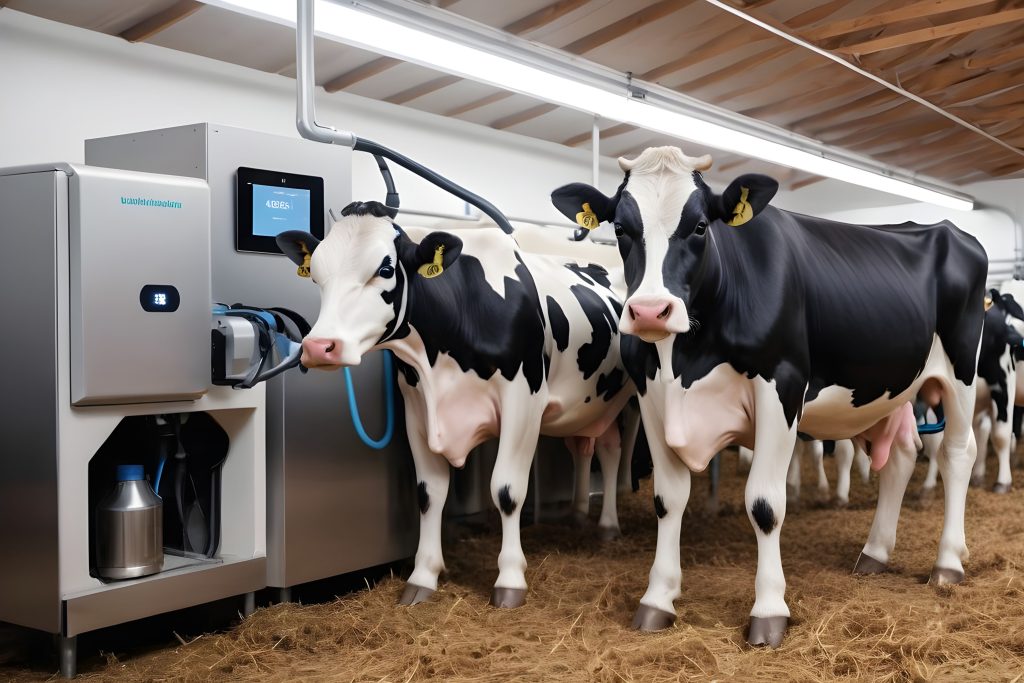
With the increasing demand for animal products worldwide, the need for efficient and sustainable livestock management is more important than ever. AI is transforming how we care for our livestock, blending innovation with tradition to create smarter farming practices for the future.
Traditional livestock management has long been the backbone of agricultural communities worldwide, with practices deeply ingrained in local customs and knowledge. However, in an era marked by technological advancement, the integration of artificial intelligence is revolutionizing these age-old practices. In this blog, we’ll explore AI’s profound changes to traditional livestock management, ushering in a new era of efficiency, sustainability, and productivity.
Drawbacks of Traditional Livestock Management
Traditional livestock management, rooted in culture and local customs, faces challenges in productivity, efficiency, and environmental impact. Outdated methods lack precision and scalability for modern agricultural needs, leading to issues like overgrazing, deforestation, and soil depletion. These practices may struggle to adapt to climate change and new diseases, highlighting the need for innovative and adaptive farming strategies.
Conserving Livestock with AI
Livestock management encompasses a spectrum of responsibilities, each significant in the grand scheme of sustainable agriculture. Firstly, there’s the critical aspect of environmental conservation, where livestock farming’s potential adverse impacts like deforestation and greenhouse gas emissions are mitigated through sustainable practices such as rotational grazing and reforestation. Let’s explore some AI applications in livestock management.
Robotic Milking System

Gone are the days of manual milking routines. AI-driven robotic milking systems have revolutionized dairy farming by automating the milking process. These sophisticated systems utilize sensors and computer vision to identify and milk cows at their convenience, optimizing milk yield while reducing labor costs. Moreover, AI algorithms analyze milk quality data in real time, enabling early detection of health issues and ensuring premium product quality.
Also for nutrition and movement monitoring, maintaining optimal nutrition is crucial for the health and productivity of livestock. AI-powered systems monitor dietary intake and analyze nutritional requirements based on individual animal data, ensuring balanced diets and efficient feed utilization. Furthermore, advanced monitoring technologies track animal movement patterns, allowing farmers to identify abnormalities that may indicate health issues or discomfort.
Precision Feeding and Management
One of the significant contributions of AI to livestock management is precision feeding. AI tailors feeding strategies to meet specific nutritional needs by analyzing animal data. This minimizes feed wastage and ensures that each animal receives the optimal diet, improving health and growth rates.
Real-Time Decision Support
AI plays a pivotal role in providing real-time decision support to farmers, empowering them to make informed choices in response to dynamic and evolving conditions. AI systems analyze data from sensors, weather forecasts, and market trends to provide farmers with insights. This helps adjust feeding, optimize breeding, and manage inventory effectively. This real-time support not only enhances operational efficiency but also enables farmers to maximize profitability and adapt quickly to changing circumstances, thereby ensuring the long-term sustainability of their livestock farming practices.
Automated Monitoring
AI-driven automation has revolutionized livestock management by enabling continuous monitoring of animal health and behavior in real-time. AI systems using computer vision, wearables, and IoT can swiftly identify signs of illness in livestock, aiding prompt intervention.
This early detection allows farmers to intervene promptly, administer targeted treatments, and implement preventive measures to mitigate the risk of disease outbreaks and minimize adverse impacts on animal welfare and productivity.
Data Analysis and Prediction
AI in livestock management excels at processing vast datasets to uncover valuable insights that guide decision-making.
AI algorithms analyze data from various sources, including historical records, environmental sensors, and genetic profiles. They identify patterns and correlations that surpass human perception. This data-driven approach equips farmers to make proactive, evidence-based decisions in diverse tasks. This includes predicting feeding requirements, refining breeding programs, and effectively managing risks.
Ultimately, AI enhances efficiency, productivity, and resilience in livestock operations, fostering sustainable growth and success in agriculture.
Disease Detection and management
AI algorithms play a pivotal role in early disease detection and management within livestock populations. By analyzing diverse datasets, including animal health records, sensor data, and environmental factors, AI can swiftly identify potential health issues. This empowers farmers to take timely preventive actions, like adjusting feeding routines or implementing targeted treatments. These measures help curb the spread of illnesses and safeguard animal welfare.
Let’s Finalize
In conclusion, AI in livestock management heralds a new era of innovation and efficiency in agriculture. AI technologies empower farmers with precision feeding, real-time decision support, and automated monitoring. These solutions optimize productivity, enhance animal welfare, and mitigate environmental impacts. By harnessing the power of AI to unlock insights from vast datasets, farmers can make informed decisions that drive sustainable growth and success in their operations. As we embrace these advancements, it’s clear that AI will increasingly shape the future of livestock management. This paves the way for a more resilient, productive, and sustainable agricultural sector.